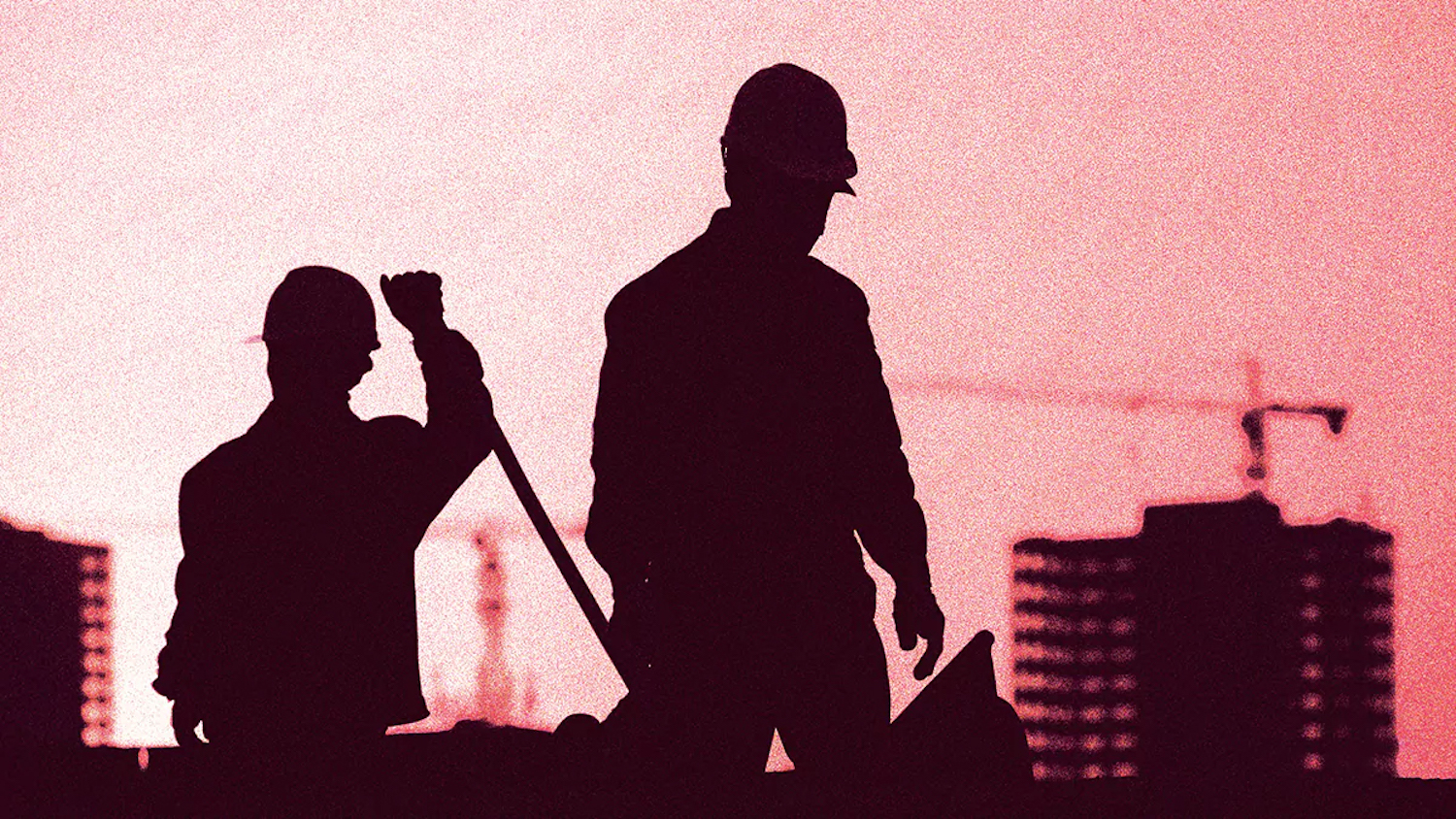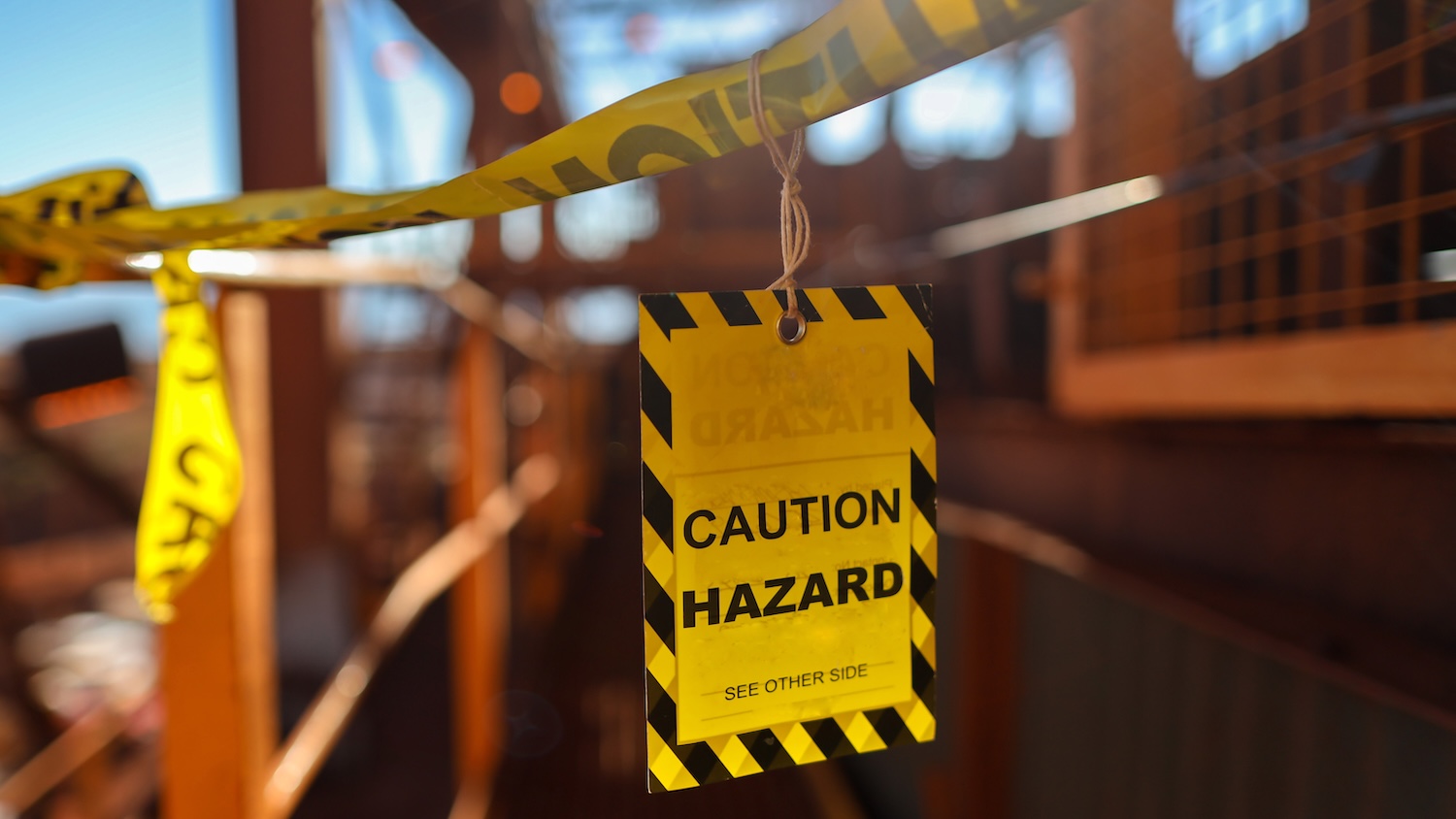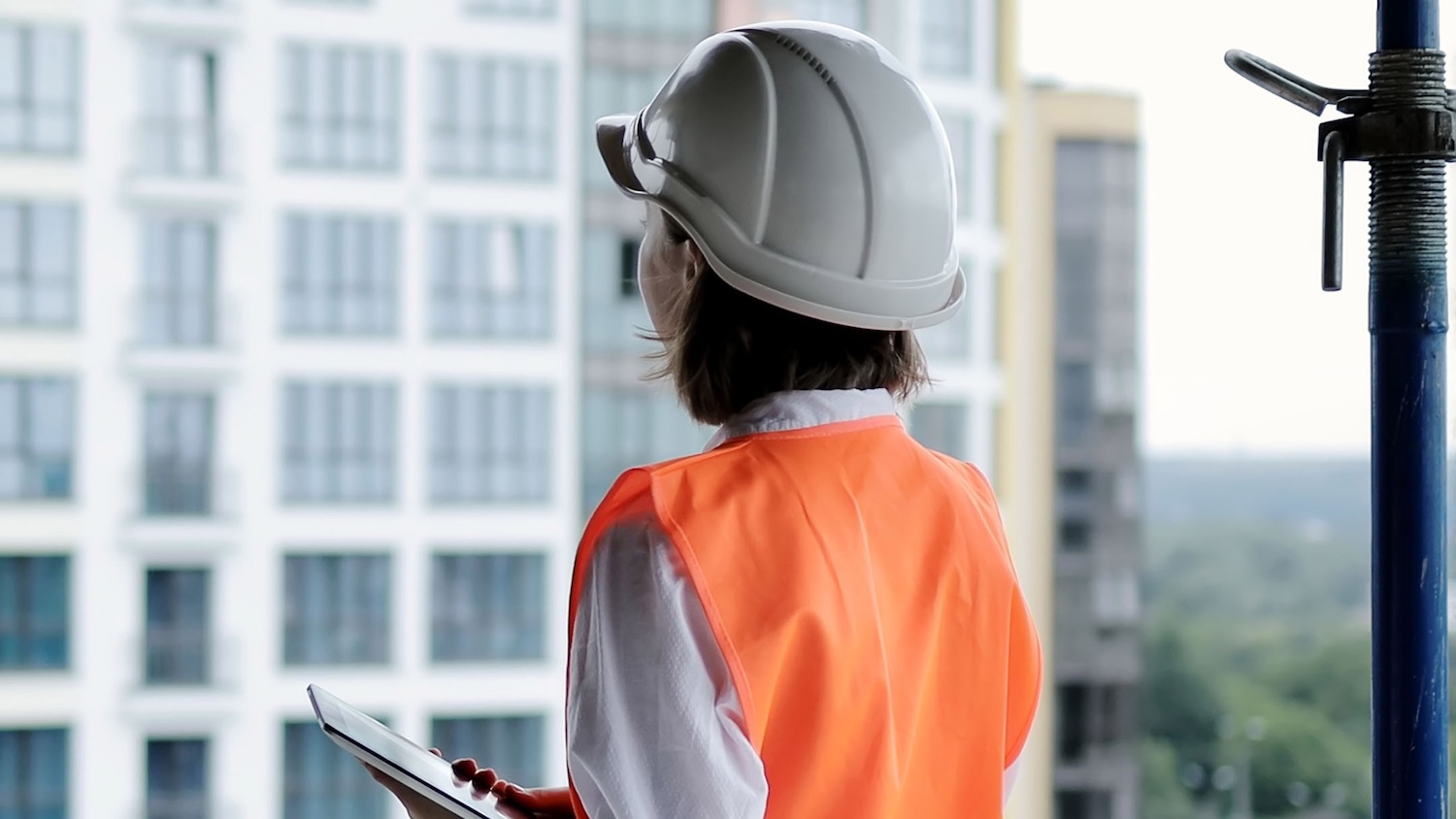
How to end modern slavery in construction
BSI has launched new guidance to help organisations identify and tackle the risks of modern slavery. Director of sectors Anne Hayes explains why the construction industry must take action
Modern slavery affects every sector and industry around the world, but the construction industry is widely recognised to be high risk.
Certainly, it’s an easily penetrable sector for criminals for several reasons: sub-contracting, temporary work, a complex supply chain and the frequent employment of low-skilled, temporary, often foreign workers.
All of these are common practices that may make workers vulnerable to exploitation, while at the same time making the detection of potential modern slavery cases more difficult.
Where slavery starts
The term modern slavery covers situations of exploitation that a person cannot refuse – often due to threats, violence, coercion, deception or abuse of power and vulnerability.
It can involve people being trafficked from conflict zones or lured from economically devastated communities, forced to work for little or no pay, often living in unimaginable conditions. It can take place in deprived countries but can also involve people who come from the UK.
It is a business risk for construction firms – no organisation wants to be in the headlines for this issue. But even more than the reputational threat, it is a serious violation of people’s fundamental human and labour rights. With the right strategies in place, however, it is a risk that can be managed.
Making changes
A starting point is for construction organisations to understand the vulnerabilities associated with modern slavery and recognise the severity of the problem. It’s about looking forensically at what you are doing, what is happening in your supply chain, and working out how to address weaknesses or areas of risk.
A starting point is for construction organisations to understand the vulnerabilities associated with modern slavery and recognise the severity of the problem
Larger construction firms already have to provide a Modern Slavery Statement under the terms of legislation passed in 2015.
But for organisations of all sizes, there are many strategies available. One key tool is alignment to a globally applicable standard, which can provide a roadmap to achieving best practice.
Developed with support from key partners such as the Slave-Free Alliance and a representative from Survivor Alliance, BSI’s standard on modern slavery aims to support organisations in understanding and managing this risk as part of legal and non-legal frameworks.
It includes guidance on preventative measures; identifying, analysing and evaluating exposure to modern slavery risks; approaches to addressing identified risks; remedying modern slavery practices; and reporting mechanisms.
Moving from ambition to action on modern slavery is a way to protect a construction firm from a whole suite of challenges – it is a foundation that is vital for long-term sustainability.
Once an organisation is able to prevent, identify and manage modern slavery risks, they are better placed to detect other vulnerabilities, whether these are environmental, health and safety, or labour concerns.
We have a certain image in mind when we hear the word slavery. However, modern slavery doesn’t always manifest itself in obvious ways or places. Going the extra mile to address wider risks associated with modern slavery, and taking a systematic approach, will enable those involved in creating physical buildings to also build a sustainable future of fair work and dignity for all.
- Visit the BSI website for further information on the modern slavery standard.
Anne Hayes is director of sectors at BSI.






